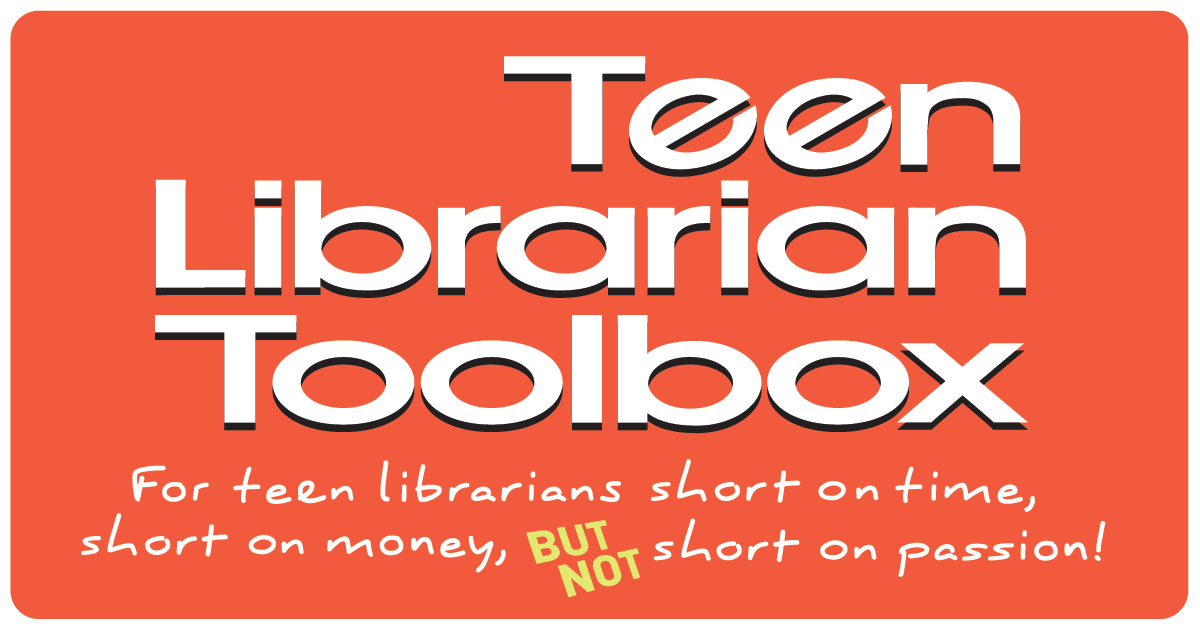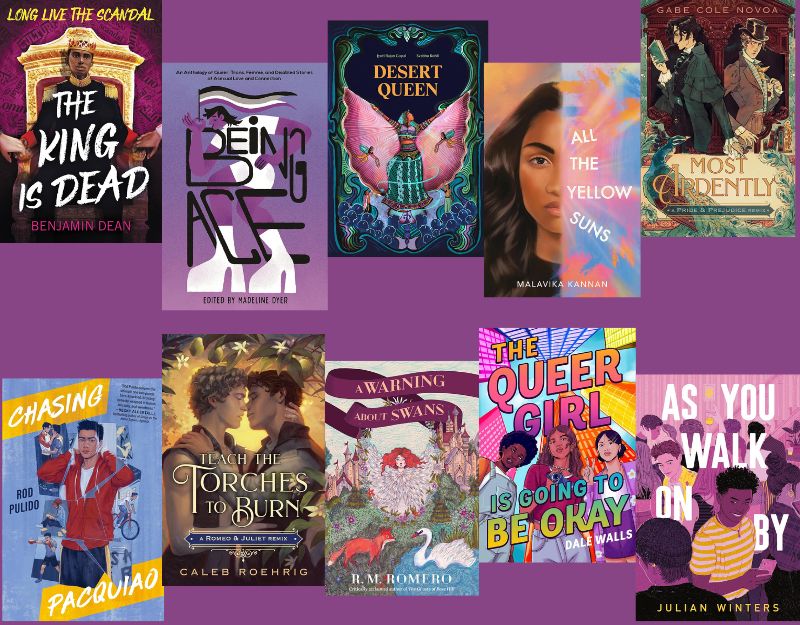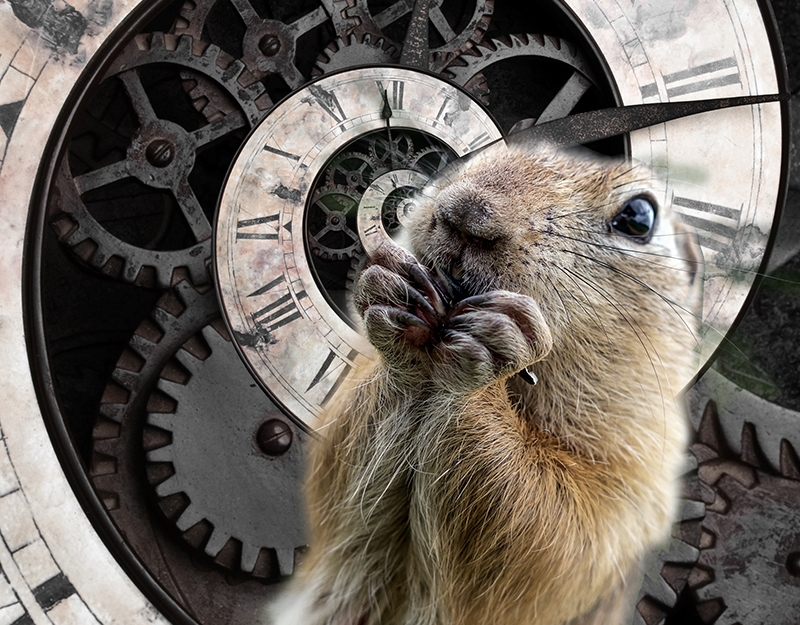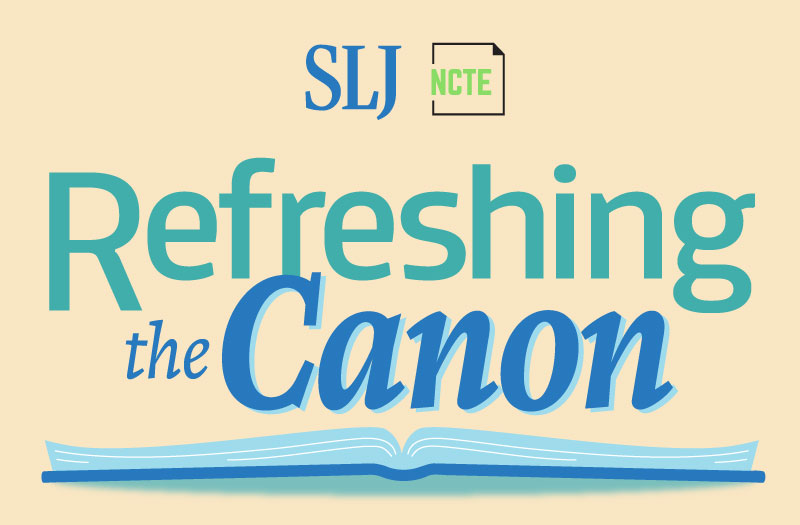There’s Something About Insta-Love, a guest post by Phil Stamper
Growing up in the late 90s and early 2000s, I was obsessed with rom coms. My mom and I had a habit of playing the same few VHS tapes on repeat for months at a time: While You Were Sleeping, Runaway Bride, Sleepless in Seattle, You’ve Got Mail—I couldn’t get enough. So, a couple decades later, it’s probably no surprise that my own brand of storytelling would rely heavily on the rom com format: memorable meet-cutes, fast-paced romance, a set of obstacles along the way.
But as an author of queer YA, I get to take it one step further. I can break the trope apart and put it back together the way I want—celebrating the similarities and differences of queer love in all its forms.
ADVERTISEMENT
ADVERTISEMENT
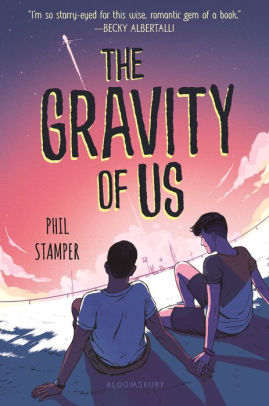
In The Gravity of Us, Cal’s entire life is uprooted when he’s thrown into the drama of the world’s first human mission to Mars. Meanwhile, cute-boy-next-door Leon struggles to live in the shadows of his astronaut mother’s greatness. When they find each other, sparks fly. This is partially because Leon’s bold sister assumes the role of instigator and matchmaker from day one, but it’s also because neither character struggles with their identity on the page.
As an avid reader of queer books for teens, I find that in a lot of queer romance stories, characters spend most of the page time coming to terms with their identity. Of course, this makes a lot of sense—YA books are coming of age stories, and for queer people, coming out and coming of age often go hand in hand. But while I love those stories, I kept hearing about queer teens who were confidently out, who’d been fully supported by their family and their community since they were kids.
When I wrote The Gravity of Us, I wanted to show what a queer teen relationship could look like between two boys who neither struggled with their identities nor experienced any homophobia on the page. It’s aspirational, sure, but that’s the point of a rom-com. I wrote this book during the 2016 election, which made this story feel even more radical and important. In this way, I got to lean into the idea of insta-love (or more accurately, insta-attraction plus a whirlwind romance) and give teens a queer love story they could fall for instantly.
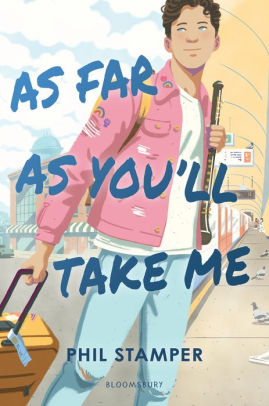
Speaking of insta-love, this is probably a good time to note that as a teen, I fell for just about every boy I met in roughly thirty seconds. Sure, rom coms trained me to expect love to simply fall into my lap in incredible circumstances, but it wasn’t until I started writing As Far As You’ll Take Me—which, unlike Gravity, is a story steeped in identity—that I understood why I was so quick to fall.
I first realized I was gay when I was in first grade, which is… early. By the time I came out at age eighteen, I’d spent twelve years—two thirds of my life—trapped in the closet. At this time, there weren’t a ton of movies, books, or TV shows with queer characters, and the ones that did always ended in death or tragedy. (Thanks, Brokeback Mountain!) Like Marty, my rural farm town wasn’t exactly the most accepting place. Like Marty, I grappled with religion and family and self-hate and anxiety. And like Marty, once I started to move beyond my repressed past, I took risks, I made mistakes, and…I fell for the first guy who gave me a scrap of attention.
I couldn’t really parse my emotions then, but looking back, it makes so much sense. I had spent twelve years drowning in denial and fear, convinced I would never find love, but when I got to college, I met other queer people and found allies for the first time ever. Sure, movies had told me that gay people only experienced a tragic ending… but here I was, a functioning gay human having my own meet-cutes and rom-com moments. I started to feel hope for the very first time—and I was going to do anything to hold onto it.
This, too, is represented in As Far As You’ll Take Me, when Marty quickly falls for health-conscious Pierce and gets his first taste of love. As Pierce starts to pull away, Marty believes changing himself is the only way to hold onto his new boyfriend, and he experiences disordered eating as a result. This was something I had firsthand experience with too, so, I guess you could say Marty and I both had an insta-love problem.
ADVERTISEMENT
ADVERTISEMENT
Between both of my books, you’ll find themes of love at first sight, or insta-love, whatever you’d like to call it. That trope is certainly not everyone’s cup of tea, of course, but in both stories, I got the opportunity to pay homage to classic 90s love stories, break the trope apart, and share two distinct, but honest, experiences.
More than anything, I hope that honesty comes through on the page and speaks to every teen who falls in love too fast—or wishes they could.
Meet the author

Phil Stamper is the author of The Gravity of Us. He grew up in a rural village near Dayton, Ohio. He has a B.A. in Music and an M.A. in Publishing with Creative Writing. And, unsurprisingly, a lot of student debt. He works for a major book publisher in New York City and lives in Brooklyn with his husband and their dog. Visit him online at www.philstamper.com or @stampepk.
About As Far As You’ll Take Me
The author of The Gravity of Us crafts another heartfelt coming-of-age story about finding the people who become your home—perfect for fans of Becky Albertalli.
Marty arrives in London with nothing but his oboe and some savings from his summer job, but he’s excited to start his new life—where he’s no longer the closeted, shy kid who slips under the radar and is free to explore his sexuality without his parents’ disapproval.
From the outside, Marty’s life looks like a perfect fantasy: in the span of a few weeks, he’s made new friends, he’s getting closer with his first ever boyfriend, and he’s even traveling around Europe. But Marty knows he can’t keep up the facade. He hasn’t spoken to his parents since he arrived, he’s tearing through his meager savings, his homesickness and anxiety are getting worse and worse, and he hasn’t even come close to landing the job of his dreams. Will Marty be able to find a place that feels like home?
ISBN-13: 9781547600175
Publisher: Bloomsbury USA
Publication date: 02/09/2021
Age Range: 13 – 17 Years
Filed under: Uncategorized
About Amanda MacGregor
Amanda MacGregor works in an elementary library, loves dogs, and can be found on Twitter @CiteSomething.
ADVERTISEMENT
ADVERTISEMENT
SLJ Blog Network
2024 Books from Coretta Scott King Winners
Monster Befrienders and a Slew of Horror/Comedy: It’s a Blood City Rollers Q&A with V.P. Anderson & Tatiana Hill
Family Style: Memories of an American from Vietnam | Review
Parsing Religion in Public Schools
ADVERTISEMENT

